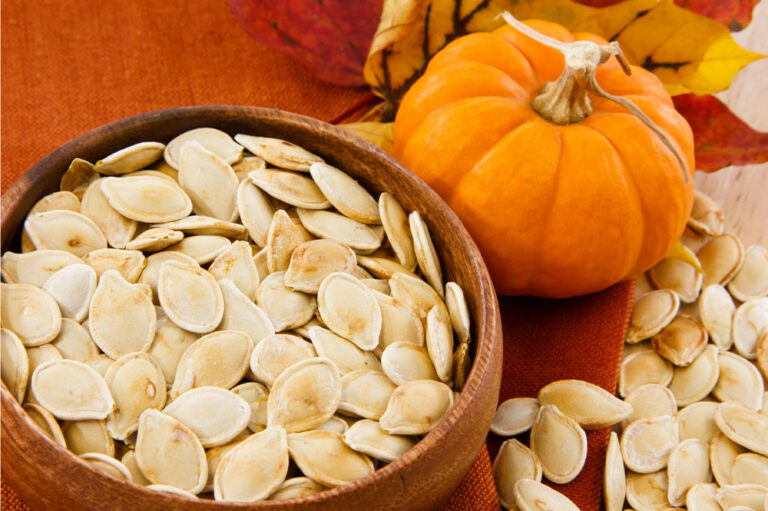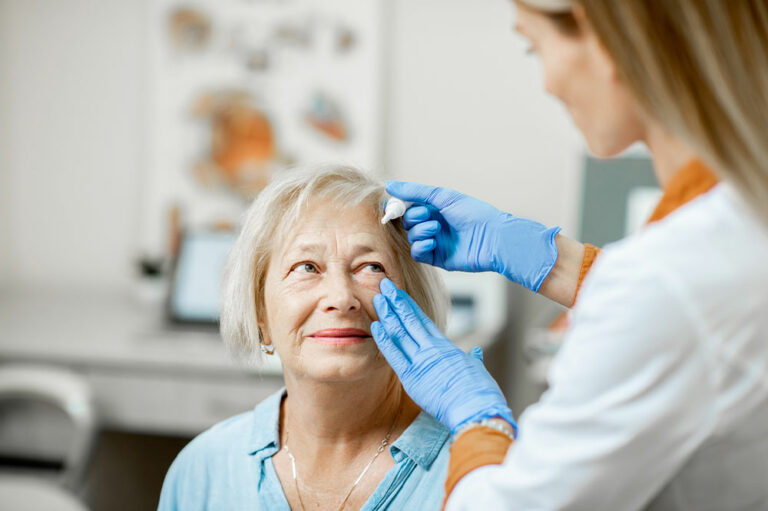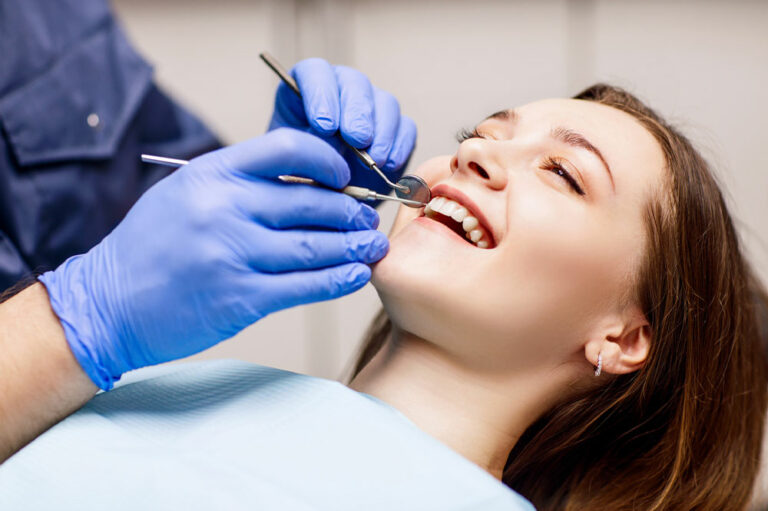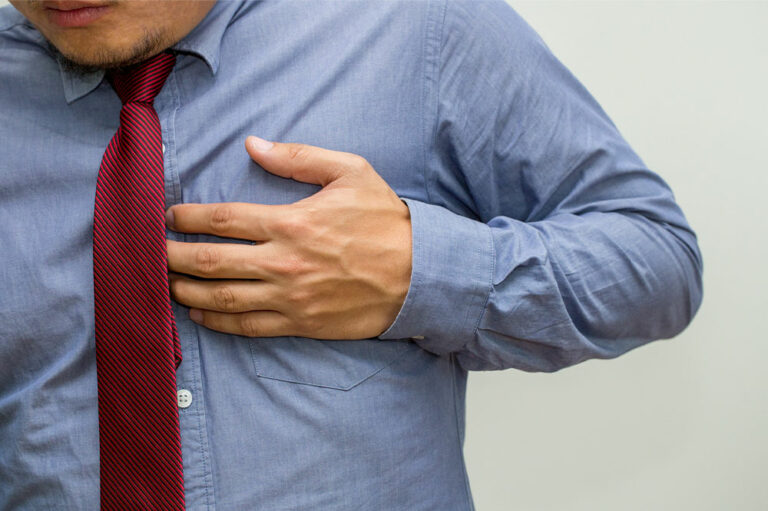
Health
4 foods that are bad for eye health
An adage states, “you are what you eat,” which might be more accurate than we believe today. The food you eat has much more to do with your health than you would like to give it credit. Your eating and lifestyle habits dictate the kind of health you live with. It also impacts the health of all your organs. Hence, it is evident that eating harmful foods will undoubtedly harm crucial health factors like vision. Saturated fat Frequent and unchecked intake of fatty foods is one of the biggest reasons for the rise in health conditions. It is responsible for serious health issues in the long run. Saturated fats are present in everything from your favorite pack of chips to burgers and baked food. Therefore, replacing saturated fats in meals with unsaturated fats is advised as it increases the risk of developing conditions like cataracts and macular degeneration. Lean protein sources, vegetables, and dry fruits are some of the healthiest sources of good-quality fat. Margarine Marketing strategies have made everyone believe margarine is a much healthier alternative to butter. However, contrary to such beliefs, it is loaded with trans fats. Continued use of margarine in meals is a source of increased cholesterol levels in the body and can result in clogged-up blood vessels in the body.
Read More 









